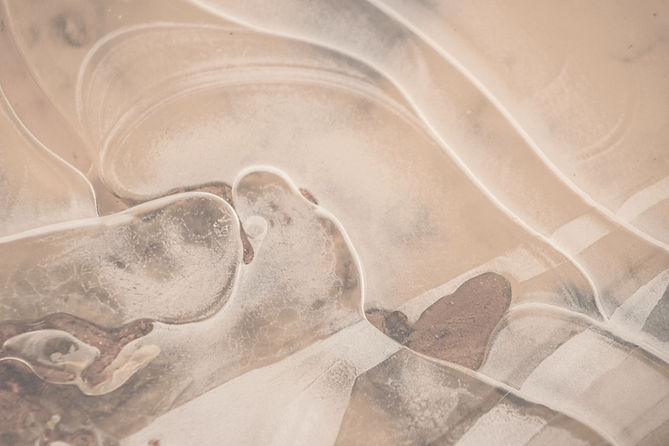"The Holy Faith"

Architecture
In the 1920s, Santa Fe officials ordered that all buildings in the city be built with adobe in the Pueblo Indian style. The city also retains beautiful examples of Victorian, Italian, and Spanish architecture. It is this combination of cultures that helped give Santa Fe its most popular nickname, “the City Different.”

Santa Fe has a distinctive architectural style all its own. No other city in the country has so many low-slung, earth-colored buildings made of adobe bricks, which consist of a mixture of sun-dried earth and straw.
Santa Fe's unique architecture is one of the reasons for the immense popularity of this capital city, which is surrounded by majestic mountains with gentle slopes that resemble the soft curves of adobe walls. Explore the meandering streets of downtown and nearby residential neighborhoods to discover hundreds of historic adobe homes, built primarily in the Spanish Pueblo and Territorial styles. These architectural styles are rooted in ancient history and protected by city laws ensuring that new construction situated in core historic districts fits with the old.


Pueblo Style
Santa Fe's historic adobe architecture evolved from early Native American dwellings that impressed the Spanish when they first arrived in the region in the 16th century. They found Pueblo Indians in the Rio Grande Valley living in communal houses with hundreds of rooms, often four or five stories high, accommodating thousands of people
The Spanish, who called these communities "pueblos" (the Spanish term for villages), saw how the Pueblo people built their shelters as a series of rooms surrounding a central plaza, with earth floors and flat roofs held up by pine logs, or vigas. These beams were covered diagonally or at right angles with small poles, or latillas. The Pueblo Indians built their homes using wood, stone and puddled adobe, a laborious method of molding adobe walls by hand then laying them in low bands to dry before adding the next layer.

Franciscan Hotel, 1943

As the Spanish settlers established communities in the region, they sought to improve the Pueblo construction methods using adobe. After all, the essential materials—mud, earth and straw—were plentiful and readily available. But to streamline the construction process, they designed wood molds to shape uniform adobe bricks.
This melding of Native American with Spanish architectural influences gave rise to the Pueblo style, also known as Spanish Pueblo. In the Spanish homes, the style's characteristic elements include round walls, corner fireplaces, vigas, flat roofs and a series of rooms fronted by covered porches, called portales, that enclosed an exterior patio, echoing the Pueblo rooms designed around a central plaza.

Greek Revival Style

By the 1900s, Pueblo style homes, with their characteristic flat roofs, could be found all over Santa Fe. But by then, architectural styles were changing, due in large part to the 1821 opening of the Santa Fe Trail and the 1846 occupation of Santa Fe by the American army. As new materials including fired bricks, mill-made windows and whitewashed posts and trim were brought to Santa Fe along the trade route, the town's façade took on a new look.
Exemplified by wood columns painted white, front porches, pitched roofs, brick copings and double hung windows with divided sashes, this architectural style, known as Greek Revival, became popular across the country in the mid-1800s.
The Railroad's Role
Santa Fe's architecture diversified with the arrival of the railroad in 1880, which made it quicker and easier to import new materials representative of influential architectural styles on the East Coast into the region.
Manufactured materials -- including pressed metal, glass, trim and moldings -- altered the architectural landscape as buildings made of red brick or stone in the Italianate style replaced adobe structures in the business blocks on the Santa Fe Plaza. Houses were built with elaborate details popular in Queen Anne, Second Empire and other styles of the Victorian era. Some of the older adobes were given new looks with the resources that arrived on the railroad, such as gable metal roofs and white porches.
Even the railroad itself had an impact. The Atchison, Topeka & Santa Fe Railroad built its depots and hotels with white stucco, roofs of red tile and round arches, all elements of the Spanish Mission Revival style that began in California and influenced home builders in New Mexico.





